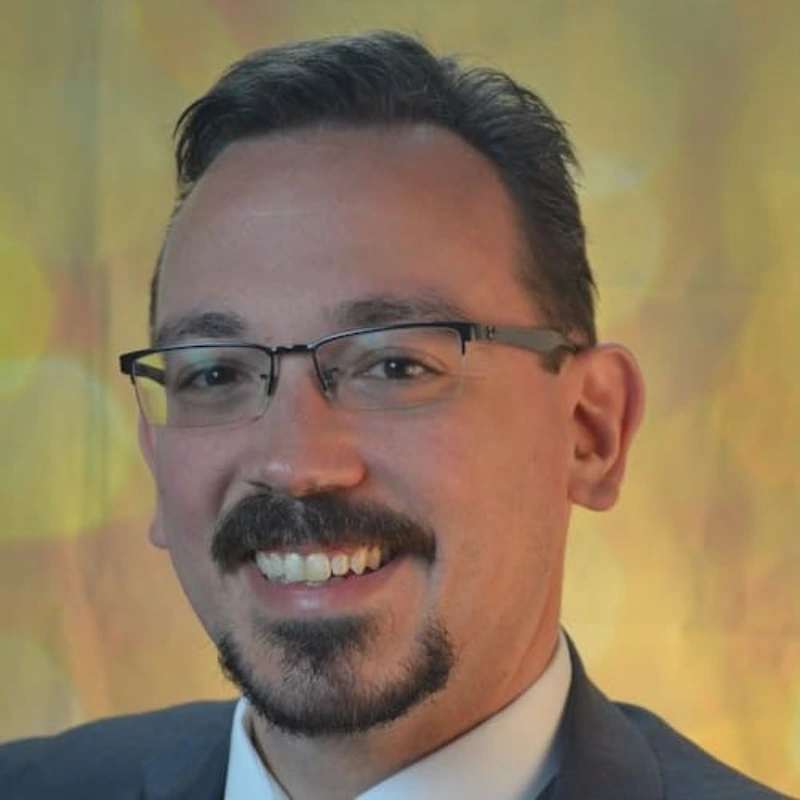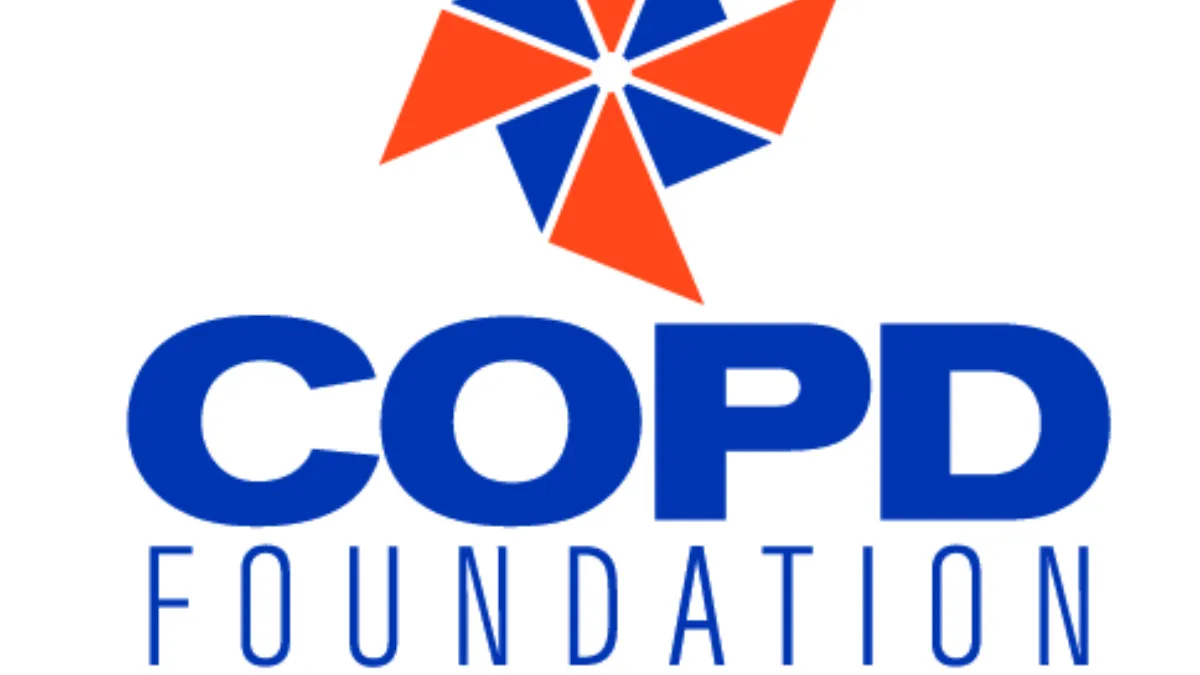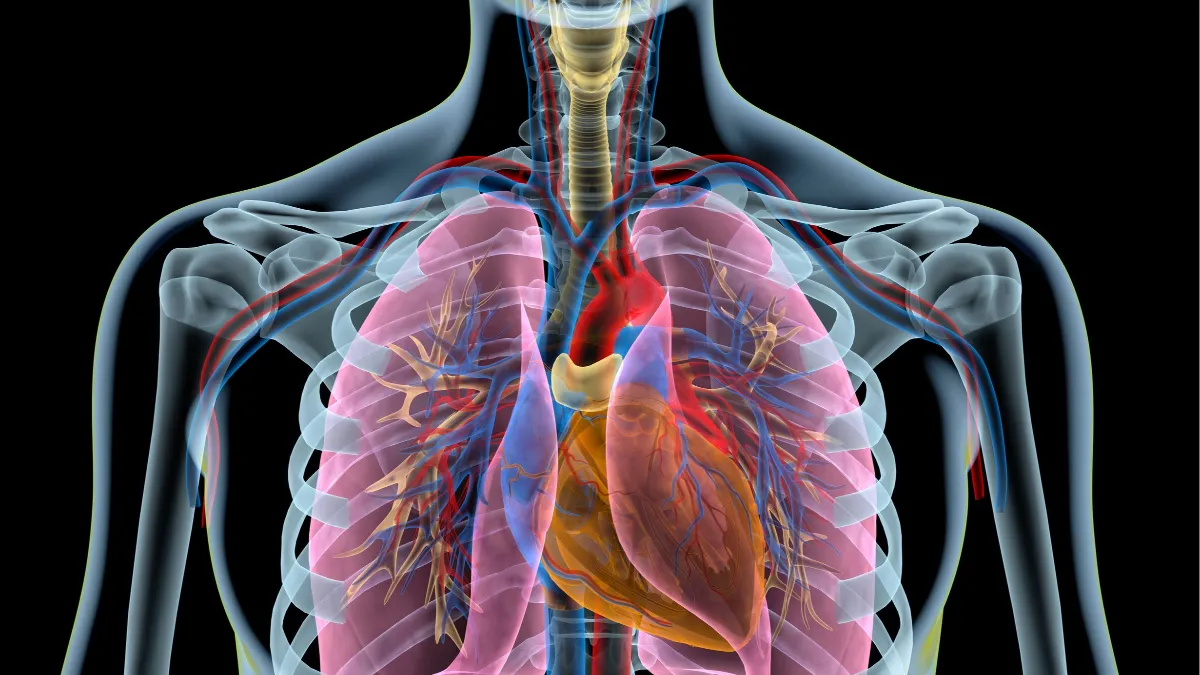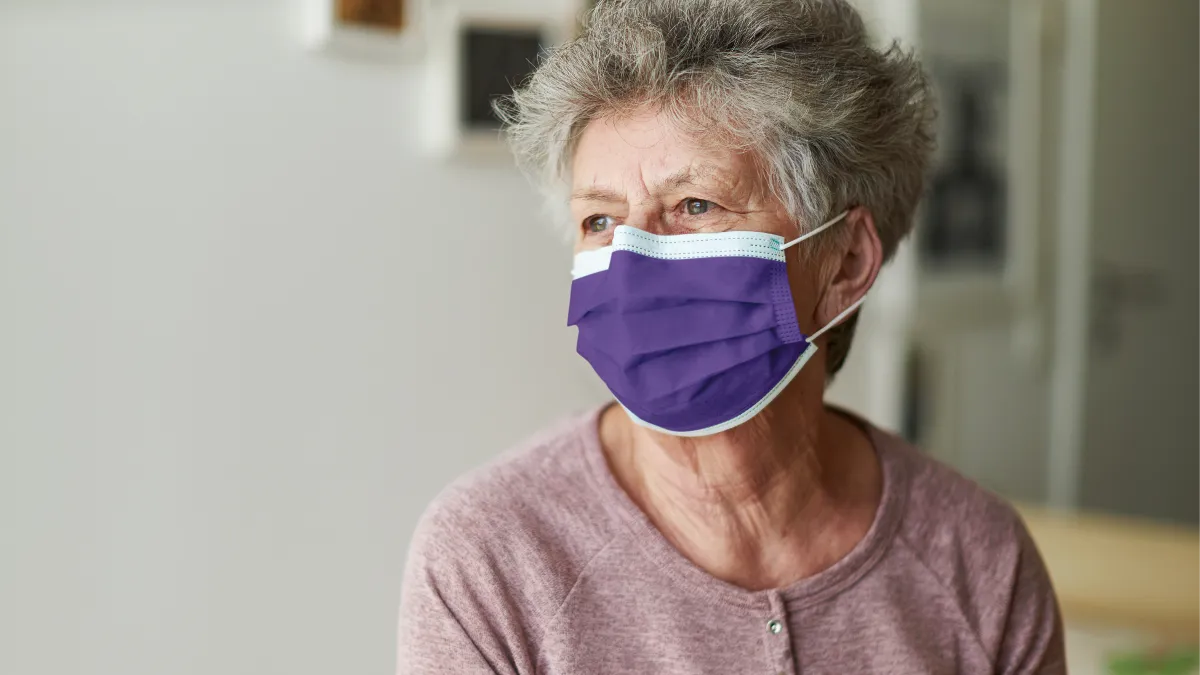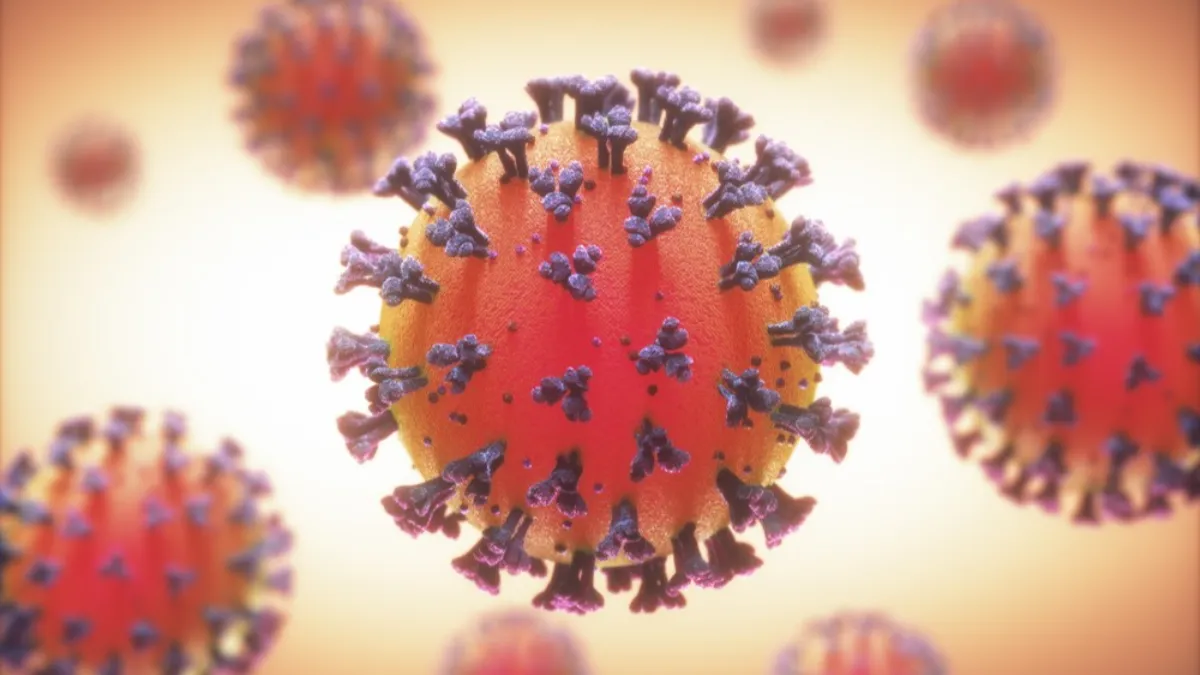Understanding the hidden costs of respiratory care

It’s well known that in regard to respiratory conditions, hidden (or ‘indirect’) costs can equal or exceed the more easily quantifiable money spent on things like medications or emergency department visits.
A 2016 meta-analysis of the overall societal costs associated with COPD internationally found that indirect costs, related to things like lost work and disability, outweighed direct spending in 11 of the 12 countries studied1. The issue is arguably worse with asthma, given that the condition affects patients across a broader age range.
A recent projection of the cost burden of uncontrolled asthma in the United States predicts nearly a trillion dollars will be lost from the economy, with roughly two-thirds of that due to absenteeism from work, school, and other productivity losses2.
There are many reasons these hidden costs are hard to calculate, to name a few:
- There’s not enough consistency with diagnostic standards, particularly with asthma.
- More severe asthma cases are more likely to have higher costs.
- Cultural and clinical differences affect spending to varying degrees.
It’s clear that the numbers usually reported as “healthcare spending” have historically represented only the tip of the financial iceberg in healthcare, and that was before the impact of the COVID-19 pandemic.
The hidden costs of COVID-19 #
Since the spring, most reporting on the pandemic has followed the traditional model of providing hard data:
- Reports on cumulative deaths,
- Reports on the number of tests administered,
- Reports on the percentage of positive rates per 1,000 ad 100,000 people.
All of these numbers are important, and they’re grim enough on their own. The COVID pandemic has made it increasingly difficult to determine indirect costs
McKinsey & Company, a global management consulting company based in New York City, recently released a white paper highlighting potential invisible impacts of COVID-19, and its influence on the US healthcare system. 3
The review takes a top-level look at three main concerns facing those caring for the chronic respiratory condition population:
- Treatment and proper patient-care deferment and/or cancellation
- Behavioral health issues which result from shelter-in-place, and lockdown orders
- The economical impact of an economic downturn resulting from COVID-19
These concerns paint a haunting picture of what looms for healthcare over the next few decades and highlight just how important it is for clinicians to proactively engage with patients to stave off the worst.
Treatment deferment #
Perhaps the most critical issue of the three is the fact that a large number of people are simply putting off healthcare appointments.
The McKinsey report states that a full 40 percent of patients have canceled healthcare appointments during the pandemic, and an additional 12 percent reported not yet scheduling appointments for needed care3.
The Centers for Disease Control and Prevention (CDC) reinforced this finding in a Morbidity and Mortality Weekly Report (MMWR) published in September, estimating that 41% had put off very necessary care, 4including a troubling 12% who decided against going in for emergency care because of the risks involved.
The MMWR also reported the likelihood of putting off care was highest in populations that are well-represented in the respiratory world, including caregivers and, of course, people with underlying (chronic) conditions.
This has major implications for conditions like asthma and COPD.
We all know that ongoing evaluation of symptoms and adherence is essential to monitoring chronic diseases appropriately. The two main global organizations dedicated to COPD and asthma, The Global Initiative For Chronic Obstructive Lung Disease (GOLD) and The Global Initiative For Asthma (GINA),5 have made a routine management cycle a core part of their strategic recommendations.
In the absence of routine office visits, it seems reasonable to predict that the quality of ongoing care will deteriorate. Patients may be more reluctant to seek therapy as symptoms worsen, increasing the risk of more severe health issues due to not treating underlying causes. This is both a saddening thought for anyone afflicted with respiratory conditions, and a financial risk for care providers and patients alike - increasing both the costs involved to treat and the long-term effects of these events.
The cost of mobile, remote, and home respiratory care #
It is difficult to accurately quantify the cost difference of patients who live with with differing levels of respiratory conditions as severity may not be correctly diagnosed in all cases.
Still, we can all agree that an exacerbation which can be managed with a phone call or office visit will cost both the patient and the care-provider less than an exacerbation that results in a hospital admission.
The broader adoption of telemedicine services may be able to ameliorate these impacts to a degree, but the limitations inherent in tele-assessment still present barriers to optimal care. The most poignant challenge we face together with all care providers is - How to remain safe when providing mobile or remote pulmonary function tests.
We have a written solution exploring the best practices of safely returning to pulmonary function testing amidst COVID-19, to help pulmonary specialists continue testing their patients whilst practices are limiting the number of tests being performed in offices and hospitals. We hope it can help you also increase the number of tests you achieve each day, but understand many of the primary care practices performing spirometry will likely be some of the last to restart their programs.
Fewer testing opportunities mean fewer opportunities to diagnose respiratory pathologies and initiate treatment plans. We also know that even under normal circumstances, people tend to minimize their respiratory symptoms until they simply cannot put it off any longer6, costing them dearly down the line.
A study published just this month in the European Respiratory Journal found that in a group of people who were current or former smokers younger than 50 years of age without alpha-1 antitrypsin deficiency, those with COPD confirmed by spirometry were far more likely to be symptomatic than their counterparts in the control group, yet less than half of them had been previously diagnosed7.
With increased hesitancy to seek care (and fewer testing opportunities), properly managing COPD once cases are finally diagnosed will inevitably be more difficult and more expensive; indeed, the McKinsey group estimates delayed care will increase COPD care costs 9%, a greater increase than hypertension, diabetes, and even cancer.
Behavioral health concerns #
Throughout the pandemic, it has been noted that asthma and COPD populations have been under-represented to a degree in COVID-19 cases; that is, there are fewer of them than one would expect given the prevalence in the general population8.
That led to some speculation that inhaled corticosteroids may have some protective effect against the disease (separate from the therapeutic effect that has been found in some more severe cases). That theory ended up not working out, but conversations with people with COPD have led to a different conclusion - They’re just really good at ‘social distancing,’ and they had more motivation to do so in the face of a potential death sentence.
Many living with COPD were already using more aggressive hand hygiene, masking, and other strategies than those without lung problems (at least, anecdotally), which seems to have had a protective effect.
In addition, those with COPD often start staying home and become removed from their friends, families, and communities simply because of the burden of the disease. Clinicians generally recommend against such isolation, as it tends to lead to depression and behavioral health issues, but in this case, it has had at least a temporary protective event.
Unfortunately, the pandemic has also led to a loss of access to places that even those with COPD felt safe in, such as pulmonary rehabilitation programs. Like PFT labs, these specialized gyms shut down fairly early on and are only coming back in limited portions of the country. This has left many with respiratory conditions even beyond COPD lacking a needed social outlet (not to mention a place to exercise).
In the general population, the pandemic has generated increased demand for therapies related to anxiety and depression, and healthcare utilization for unhealthy coping behaviors has been on the rise.
A July CDC 9MMWR9 indicated that 40% of Americans showed signs of behavioral health problems, including increased substance abuse and even thoughts of suicide because of pandemic-related stressors9. At baseline, it is thought that up to 80% of people with chronic respiratory conditions experience depressive episodes10, so it is reasonable to suppose our patients are experiencing these same issues at an even higher rate and that these issues will persist for the foreseeable future.
This further increases the risk of treatment deferment and poor adherence, and (according to McKinsey) tremendously increases the cost of future care. This adds yet another burden to clinicians, as it becomes even more critical to seek out people at risk for these issues and offer appropriate management as soon as possible.
COVID long-haulers #
The final area of concern has the greatest number of unknowns.
The phenomenon of the ’long hauler’, or those people who have passed the acute phase of COVID-19 but still experience frequent (even daily) symptoms, is now well-known but still poorly understood.
As with many things in respiratory care, varying definitions and uncertain etiologies have prevented a clear definition of the syndrome from emerging. What is clear is that a significant percentage of people who survive acute COVID-19 symptoms continue to experience aches, severe fatigue, and respiratory concerns, months after their ‘recovery.’
It also seems quite possible that many of these people will have long-lasting lung damage. If we look at another somewhat recent then-novel coronavirus, the one that caused the Severe Acute Respiratory Syndrome (SARS) outbreak, we see effects lingering up to two years after infection11.
Of course, COVID-19 isn’t SARS, and history isn’t guaranteed to repeat. However, clinicians absolutely must prepare for the effects of whatever post-COVID syndrome does appear.
This is an excellent opportunity to strengthen respiratory diagnostic and management programs so that early warning signs are easier to detect, and symptoms are easier to manage. The ideal versions of such programs will integrate elements from the other two areas discussed here, reducing care deferment and appropriately managing behavioral health concerns alongside physical issues.
As always, early intervention is key to providing the highest quality care that achieves optimal outcomes as well as reducing the cost of providing that care, so encouraging people to participate in routine care will be essential.
Summary #
We are all still dealing with the immediate impacts of the COVID-19 pandemic. We’re still learning how best to prevent its spread, how to treat it in order to minimize its severity, and how to best support our patients emerging from the acute phase of their illness.
We have certainly learned a great deal throughout 2020, but every day seems to teach us that there is still much to learn, and we don’t always know what we don’t know.
This kind of uncertainty can make it very difficult to contemplate what the healthcare world will look like in a month, let alone a year or a decade. So, we focus on the datasets we have immediately in front of us: testing numbers, positivity rates, mortality, etc.
Those are tangible, understandable figures that we can wrap our minds around. However, despite remaining in crisis mode, clinicians must remember that these numbers really do represent a fraction of the impact this historical event has and will have on the economics of healthcare delivery. More importantly, they also represent a fraction of the impact that will be experienced by the people in our care.
It will be absolutely essential for clinicians to continue to be vigilant and proactive in order to keep our peers and our patients on the right course to optimal health.
Foo J, Landis SH, Maskell J, et al. Continuing to confront COPD international patient survey: Economic impact of COPD in 12 countries. Borrow R, ed. PLoS One. 2016;11(4):e0152618. doi:10.1371/journal.pone.0152618 ↩︎
Yaghoubi M, Adibi A, Safari A, FitzGerald JM, Sadatsafavi M. The projected economic and health burden of uncontrolled asthma in the United States. Am J Respir Crit Care Med. 2019;200(9):1102-1112. doi:10.1164/rccm.201901-0016OC ↩︎
COVID-19’s potential impact on healthcare | McKinsey. https://www.mckinsey.com/industries/healthcare-systems-and-services/our-insights/understanding-the-hidden-costs-of-covid-19s-potential-impact-on-us-healthcare. Accessed October 14, 2020. ↩︎ ↩︎
Czeisler MÉ, Marynak K, Clarke KEN, et al. Delay or Avoidance of Medical Care Because of COVID-19–Related Concerns — United States, June 2020. MMWR Morb Mortal Wkly Rep. 2020;69(36):1250-1257. doi:10.15585/mmwr.mm6936a4 ↩︎
GOLD. The Global Initiative for Chronic Obstructive Lung Disease (2019). Global Strategy for the Diagnosis, Management and Prevention of COPD. Retrieved from. Gold. 2019. GLOBAL STRATEGY FOR ASTHMA MANAGEMENT AND PREVENTION Updated 2020.; 2020. www.ginasthma.org. Accessed October 15, 2020. ↩︎
Larsson K, Janson C, Ställberg B, et al. Impact of COPD diagnosis timing on clinical and economic outcomes: The ARCTIC observational cohort study. Int J COPD. 2019;14:995-1008. doi:10.2147/COPD.S195382 ↩︎
Cosío BG, Pascual-Guardia S, Borras-Santos A, et al. Phenotypic characterisation of early COPD: a prospective case–control study. ERJ Open Res. 2020;6(4):00047-02020. doi:10.1183/23120541.00047-2020 ↩︎
Schultze A, Walker AJ, MacKenna B, et al. Risk of COVID-19-related death among patients with chronic obstructive pulmonary disease or asthma prescribed inhaled corticosteroids: an observational cohort study using the OpenSAFELY platform. Lancet Respir Med. 2020;0(0). doi:10.1016/s2213-2600(20)30415-x ↩︎
Czeisler MÉ, Lane RI, Petrosky E, et al. Mental Health, Substance Use, and Suicidal Ideation During the COVID-19 Pandemic — United States, June 24–30, 2020. MMWR Morb Mortal Wkly Rep. 2020;69(32):1049-1057. doi:10.15585/mmwr.mm6932a1 ↩︎ ↩︎ ↩︎
Pollok J, Van Agteren JEM, Esterman AJ, Carson-Chahhoud K V. Psychological therapies for the treatment of depression in chronic obstructive pulmonary disease. Cochrane Database Syst Rev. 2019;2019(3). doi:10.1002/14651858.CD012347.pub2 ↩︎
Ngai JC, Ko FW, Ng SS, To KW, Tong M, Hui DS. The long-term impact of severe acute respiratory syndrome on pulmonary function, exercise capacity and health status. Respirology. 2010;15(3):543-550. doi:10.1111/j.1440-1843.2010.01720.x ↩︎

